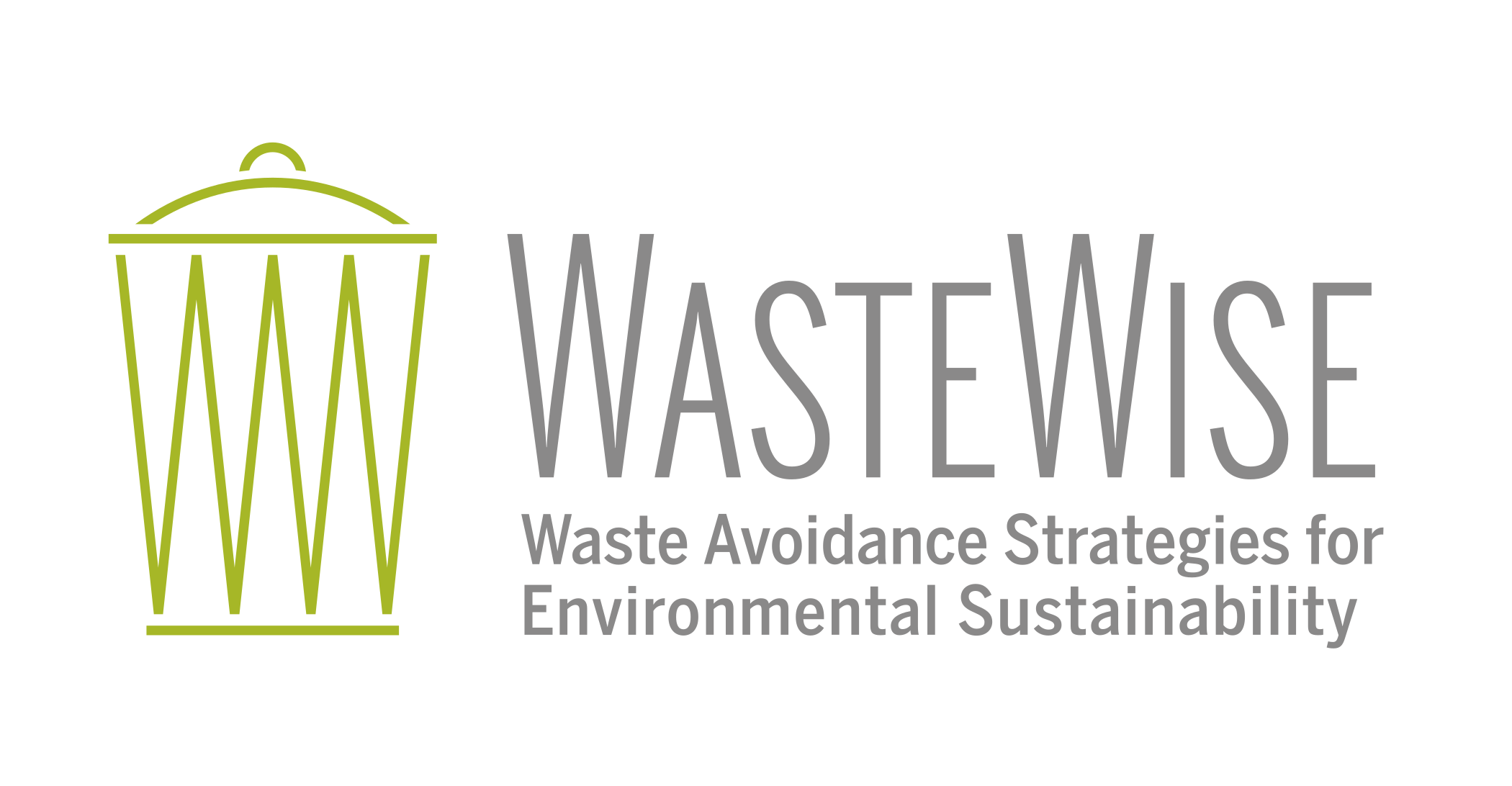
The rebound effects for a more comprehensive impact assessment of food waste prevention
With the aim of deepening knowledge about providing a more complete picture of the environmental benefits achievable through food waste prevention and reduction, researchers from the Swedish University of Agricultural Sciences (SLU), AGROSCOPE, the Natural Resources Institute Finland (LUKE) and the University of Tuscia (UNITUS) within WASTEWISE, are developing more robust methods for assessing environmental impacts. A particular focus has been placed on factors often overlooked in traditional analyses, such as rebound effects.
Rebound effects refer to unintended environmental consequences that occur when savings from food waste reduction, whether financial, material, or time-based, are redirected into other forms of consumption. For instance, a household that saves money by wasting less food might spend it on frequent travel, non-food goods, or more resource-intensive foods, potentially offsetting the initial environmental gains.
A semi-structured review of scientific literature was combined with a targeted survey of food system LCA practitioners, from which analysis the WASTEWISE team identified five types of rebound effects relevant to food waste prevention:
- Income-driven rebound: savings are re-spent on other goods or services;
- Income-dependent rebound: effects vary across socio-economic groups;
- Technological rebound: technologies used for waste reduction, like refrigeration or advanced packaging, increase energy consumption or material use;
- Price-driven rebound: efficiency or reduced waste lowers food prices, stimulating their consumption;
- Economy-wide rebound: broader market responses due to changes in prices, trade flows, or production patterns triggered by food waste interventions, leading to new environmental impacts elsewhere in the supply chain.
To capture income-driven rebounds, WASTEWISE researchers propose integrating rebound effects into attributional Life Cycle Assessments by re-purposing system expansions. This approach improves the credibility of food waste prevention assessments, avoids overestimating potential benefits, and supports more realistic climate policy design.
